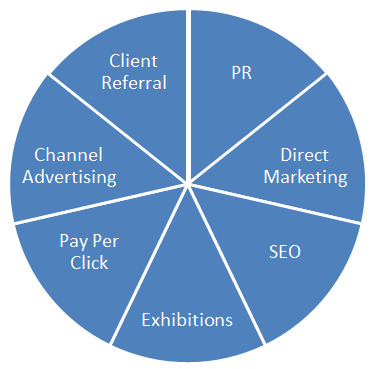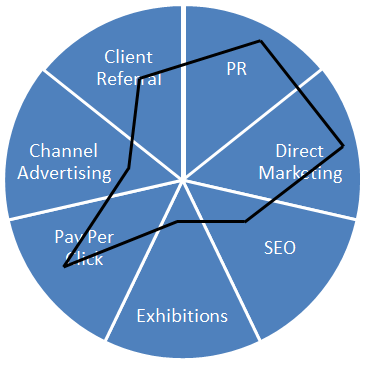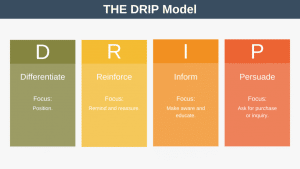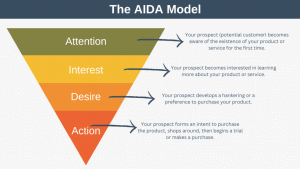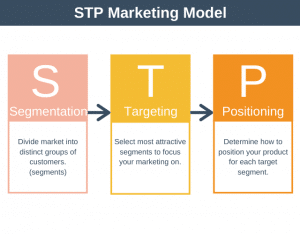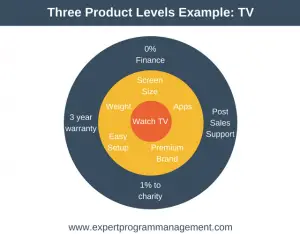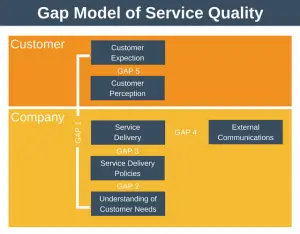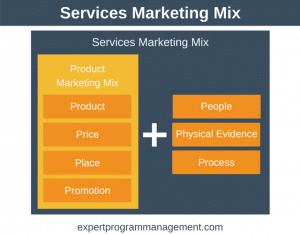Does the following scenario sound familiar? You have a great product but nobody wants to buy it. This is a common phenomenon for many small businesses and start-ups. The Marketing Wheel can help your marketing get on track by assisting you to make marketing investment in the right area.
There is no one fixed definition of the marketing wheel, but an example of one is given below. I suggest you use this one and add categories to it as your marketing experience builds. The marketing needs of each organization are unique and so your marketing wheel will change over time to reflect this.
Before we examine how to use the wheel, let’s briefly review its components:
- PR : making use of the press and media to promote your products and services.
- Direct Marketing: directly communicating with potential customers or existing customers e.g. via a mailing list or telemarketing.
- SEO: writing your website so as it is optimized for search engines, making it easier for potential customers to find you.
- Exhibitions: flaunting your wares at trade shows etc.
- Pay Per Click: Google Adwords and other pay per click methods of Internet advertising.
- Channel Advertising: building partnerships and affiliations with organizations and people who will sell your products and services for you in return for a share of the profit.
- Client Referral: actively using existing customers to find new ones.
Using the Wheel
The Marketing Wheel isn’t just am aide memoir to help you think about marketing. It can be used to score your marketing effectiveness and then, plan and track the marketing improvements you make.
To do this you need to score your effectiveness for each category between 0 and 10, with 0 being at the centre of the wheel and 10 at the outside edge. This will result in a type of marketing effectiveness spider diagram as can be seen in the diagram below:
As you can see the business in question is really great at paid internet advertising but poor at building channel partners. Would it make sense for this business to improve its channel partner score by 1 point? What actions could be taken to achieve this? The benefit of the marketing wheel is it allows us to think about how we can make small improvements to our areas of marketing weakness, and we can track our progress over time.
Analyzing Competitors
Another approach to determining which aspect of marketing to invest in is to use the same marketing wheel to assess your competitors. This will result in a diagram similar to the one below which shows how your marketing effectiveness differs from that of your competitors. In this diagram the competitor is mapped in red. As you can see the competitor is much better at SEO – could this by why they aren’t so reliant on pay per click advertising?
Summary
Many small firms and start-ups suffer from having a great product but little or no marketing. The Marketing Wheel helps you to determine your marketing weaknesses and then choose whether to invest time and money into that area or not.
The advantages of the marketing wheel include that it allows you to make small improvements to a particular marketing category, and that it allows you to monitor and track your progress over time.
